What Is Attiva?
Attiva (sometimes styled “ATTIVA”) is a non-surgical, minimally invasive aesthetic treatment that uses radiofrequency (RF) energy delivered beneath the skin.
- Its core technology is called S.I.H. (Subdermal Induced Heat), which modulates continuous, fractional, and sequential RF currents to heat deep tissue layers under controlled conditions.
- It is often marketed as a “next generation” skin-tightening/“upgrade” alternative between superficial noninvasive treatments and full surgery.
What Does It Treat?
Attiva is used to address several aesthetic concerns related to skin laxity, texture, and contouring, on both the face and body. Some of the common treatment indications include:
- Sagging or loose skin (face, neck, body)
- Fine lines and wrinkles (especially when related to loss of collagen/elastin support)
- Skin texture irregularities, crepey skin, weak skin tone
- Body contouring / tightening in areas like arms, thighs, abdomen, and buttocks
How Does It Work?
Here’s the mechanism in more detail — essentially, the treatment leverages heat + controlled delivery to remodel tissues:
1. Energy Delivery & Heating
- A microcannula or fine probe is inserted (or placed under the skin) to deliver RF energy directly into the subdermal tissue, rather than acting merely on the skin surface.
- The RF current heats the target tissues uniformly and controllably (via the S.I.H. technology) so as not to damage the skin’s surface.
- The system often includes dual (or double) temperature control and external thermal-imaging monitoring to ensure safety (monitoring both internal probe temp and surface skin temp) during the procedure.
2. Tissue Response & Remodeling
- The initial heating causes contraction of soft tissues and shrinking/denaturation of collagen fibers, which produces an immediate tightening effect.
- That thermal stimulus also triggers fibroblast activation, which leads to new collagen and elastin synthesis over time. This is the longer-term remodeling phase.
- Some sources also note effects on the fibrillar fascia (connective tissue matrix), microvascular regeneration (capillaries), and stimulation of stem or progenitor cells to enhance tissue health.
3. Result Manifestation Over Time
- Some tightening is immediately visible (from the collagen contraction).
- The full, optimal results emerge over months (2–3 months, often up to 4–6 months) as the new extracellular matrix (collagen/elastin) matures.
Benefits of Attiva
Here are the frequently cited advantages and benefits (and some caveats) of Attiva:
- Non-surgical / minimally invasive
- No large incisions or surgery, reduced risks associated with surgical lifts
Minimal downtime
- Patients can often return to normal activities quickly. Some mild swelling, redness or tightness might occur but tends to resolve rapidly.
Safety via precise control
- Dual temperature monitoring, external thermal imaging, controlled energy application reduce risk of overheating or surface damage.
Immediate + progressive improvements
- Some tightening is immediate (from tissue contraction), while further enhancements appear over months as remodeling occurs.
Long-lasting but not permanent
- Many sources report that results last on the order of 18–24 months, possibly more, depending on ageing, skin type, maintenance.
Versatility
- Can be used on many body areas (face, neck, arms, abdomen, thighs, etc.), and with specialized modes (like vaginal/gyn).
Better than “surface-only” treatments
- Because it acts beneath the skin, it can achieve more structural tightening than just surface or topical approaches.
No scarring
- Because it’s minimally invasive and doesn’t require large incisions, there is no excisional scarring.
Things to Consider / Limitations & Risks
- While results are long-lasting, they are not permanent. Aging and environmental factors continue, so maintenance or repeat treatments may be needed.
- Some discomfort, swelling, bruising, or tightness may occur shortly after treatment; this is usually mild and transient.
- Because it’s a medical device procedure, the skill and experience of the provider matter a lot for safety and optimal results.
- Some patients may not be ideal candidates — for example, those with very severe sagging requiring surgical lift might not get sufficient correction with a radiofrequency approach.
- Always evaluate skin condition, health status, and any contraindications (active skin infection, coagulation issues, pregnancy, etc.) before proceeding.
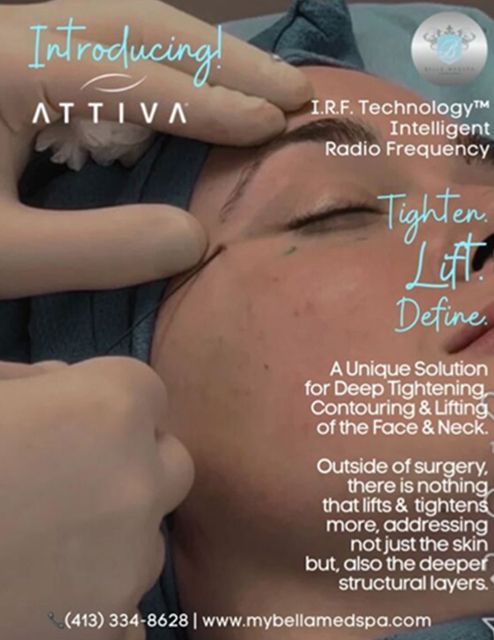
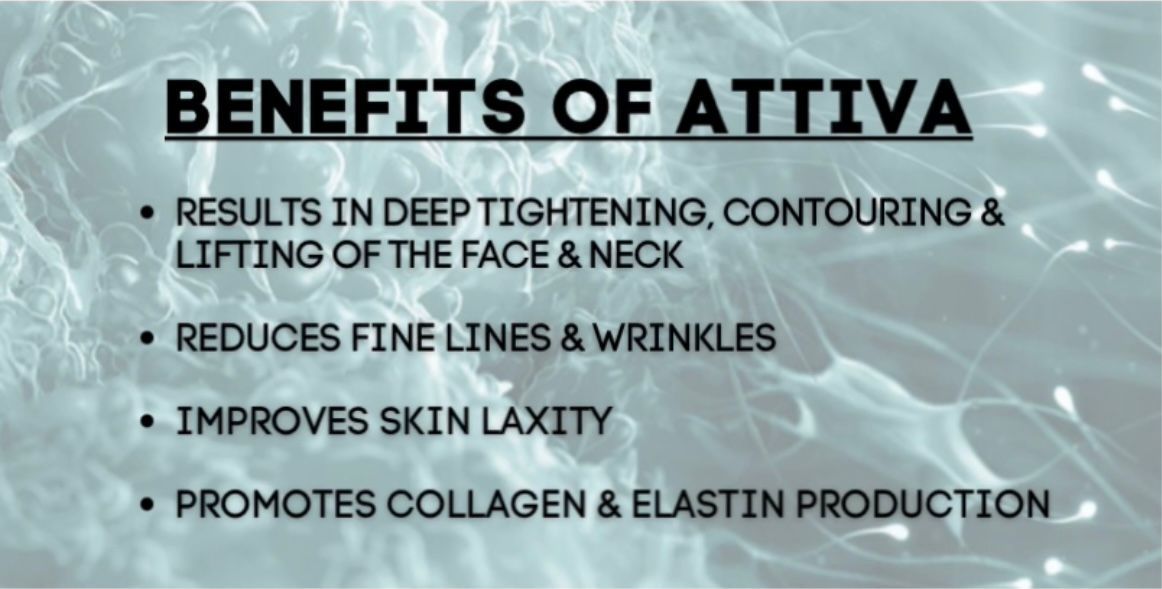

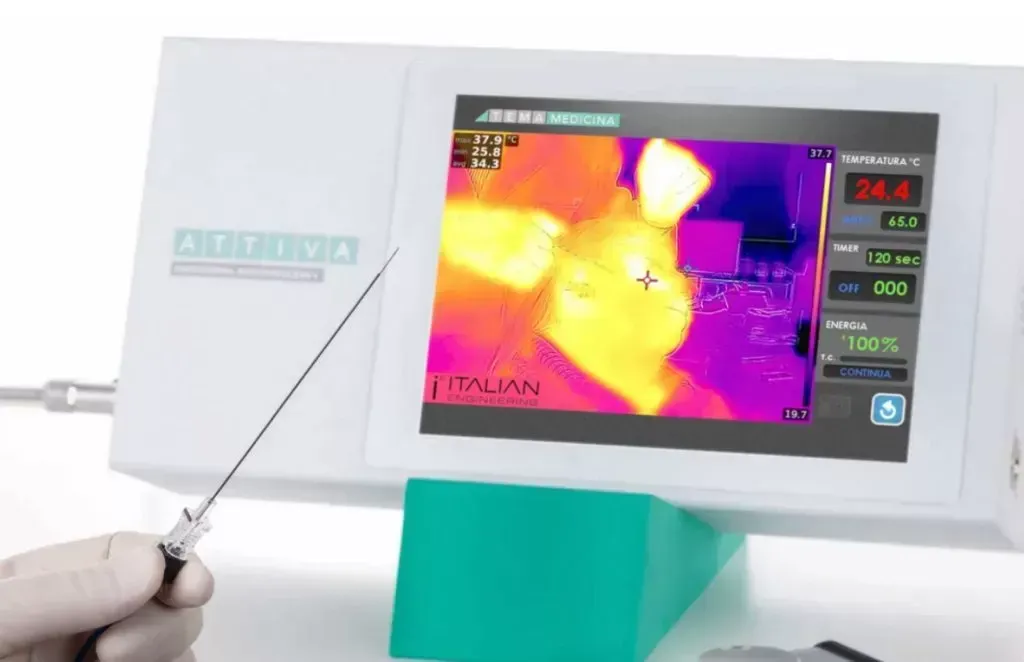
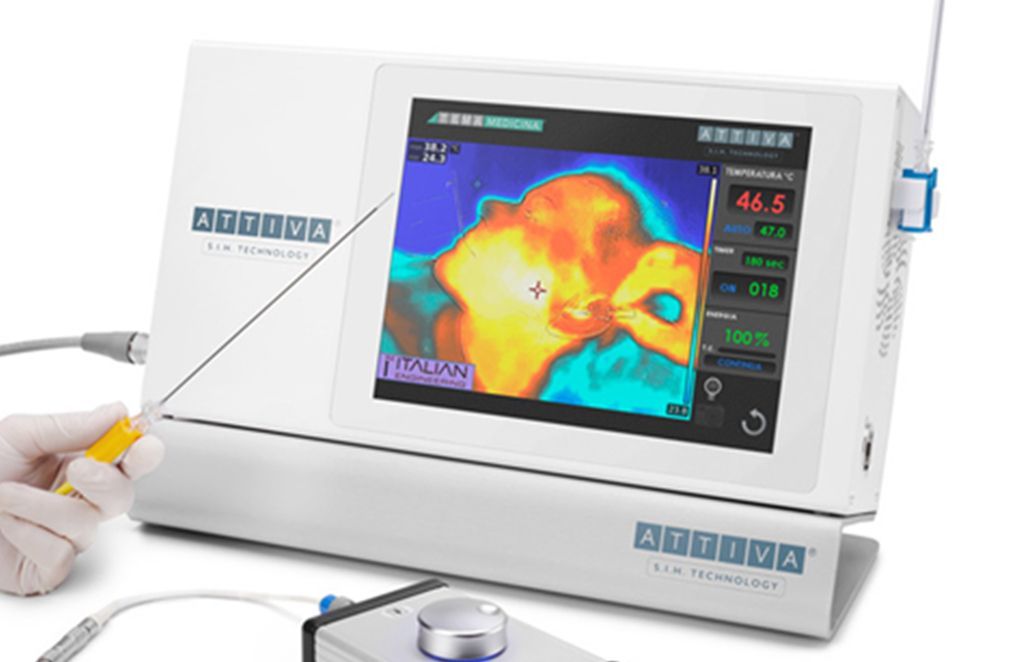
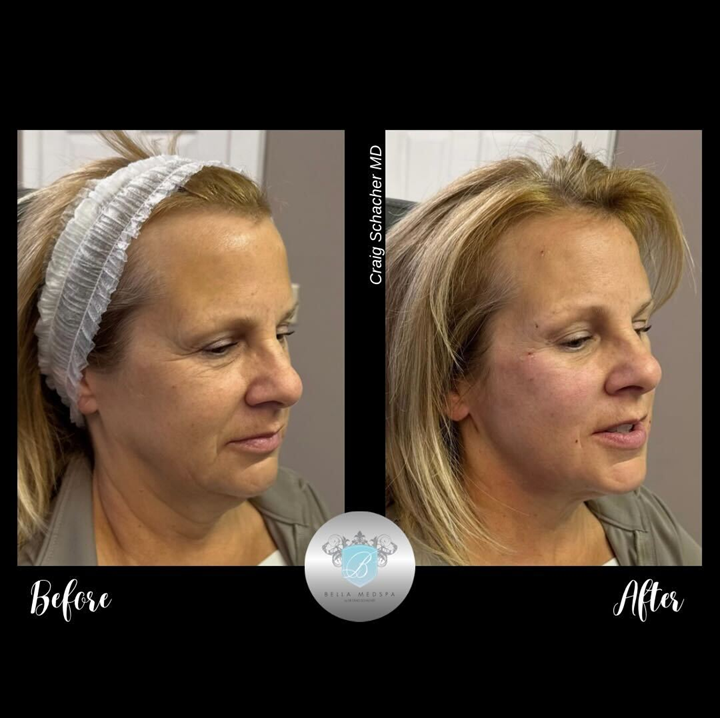
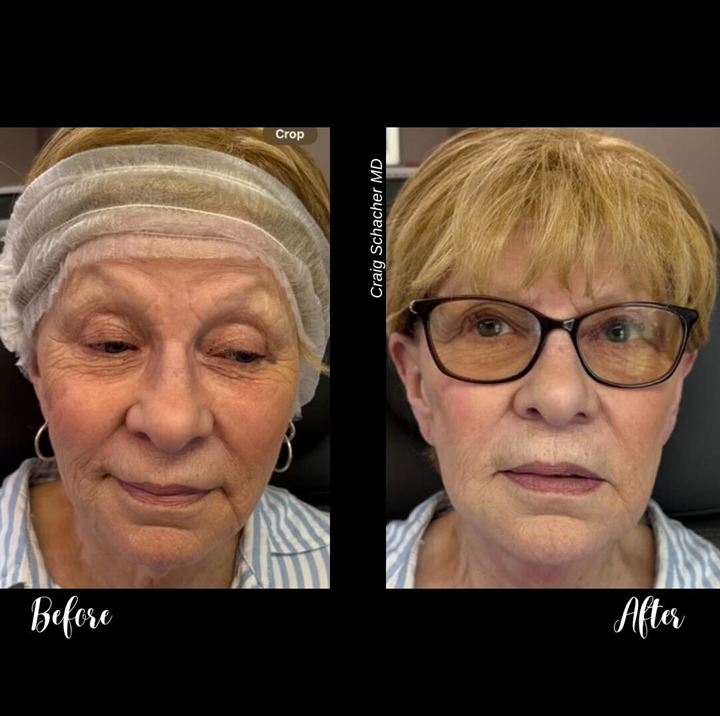
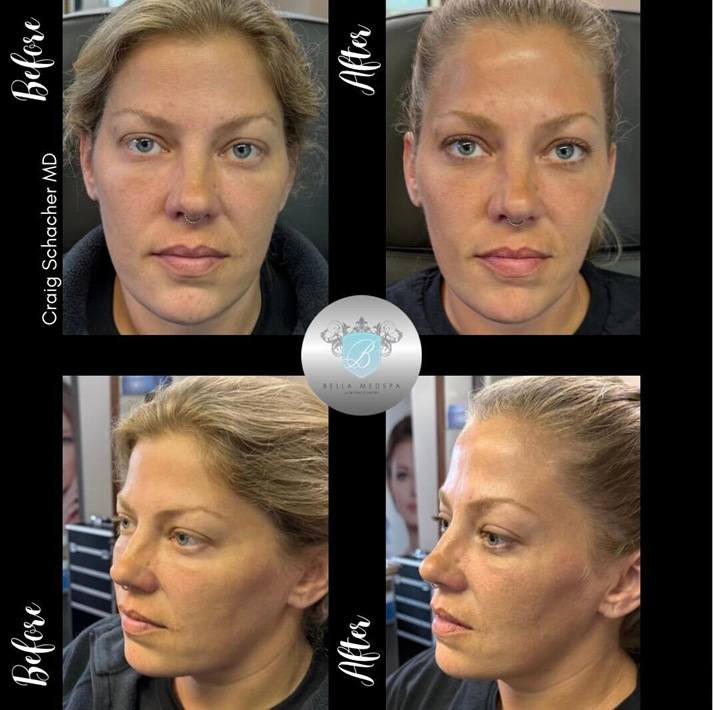
Share On: